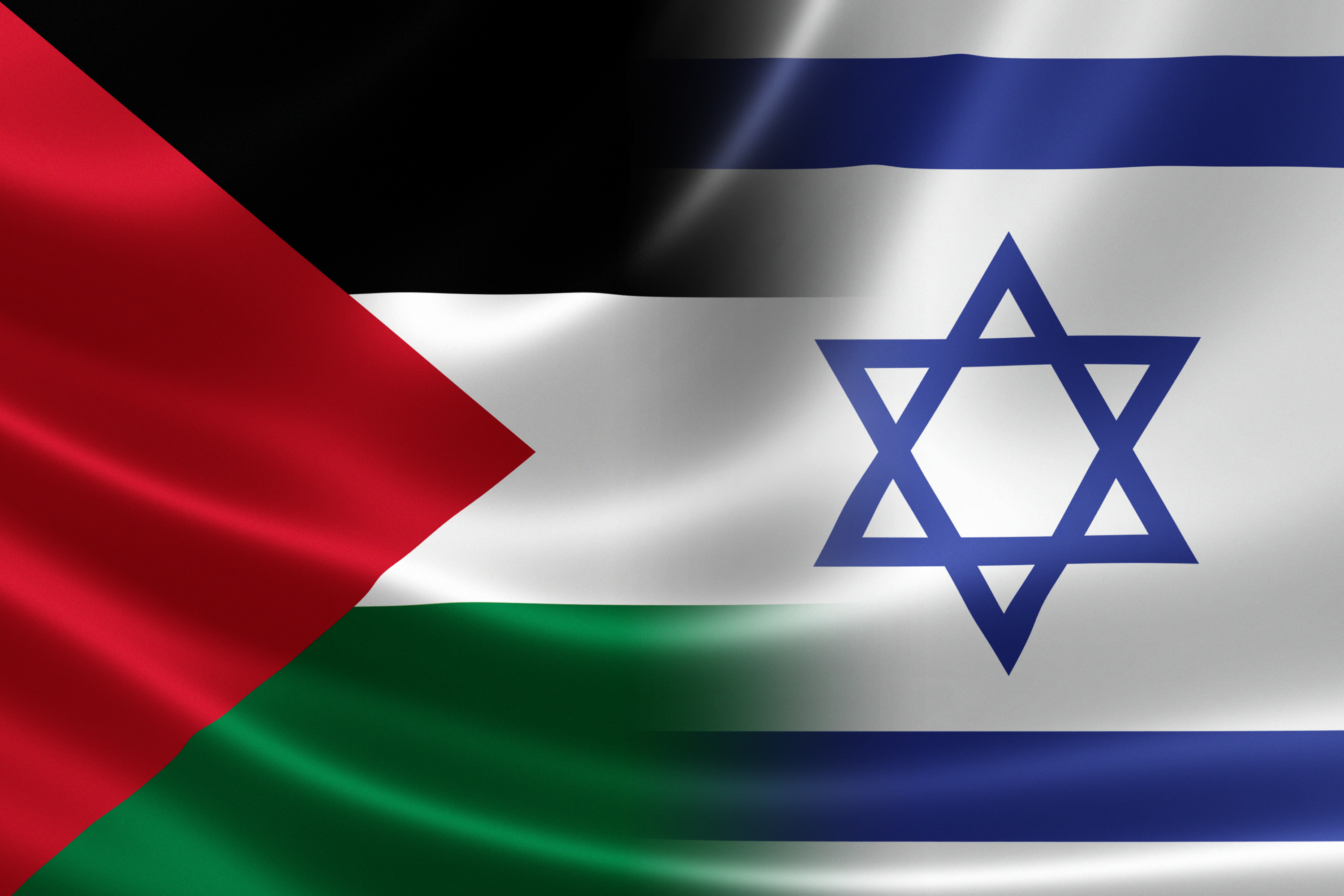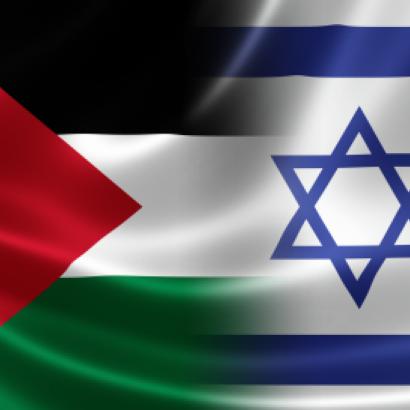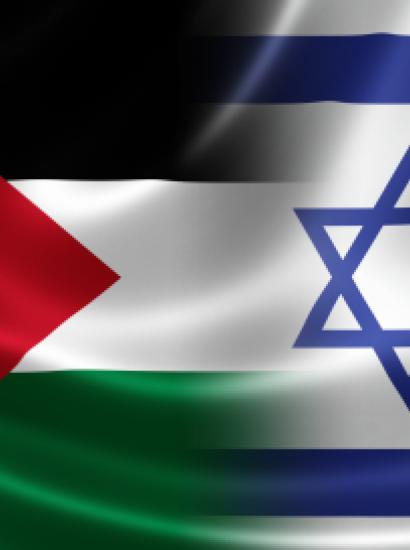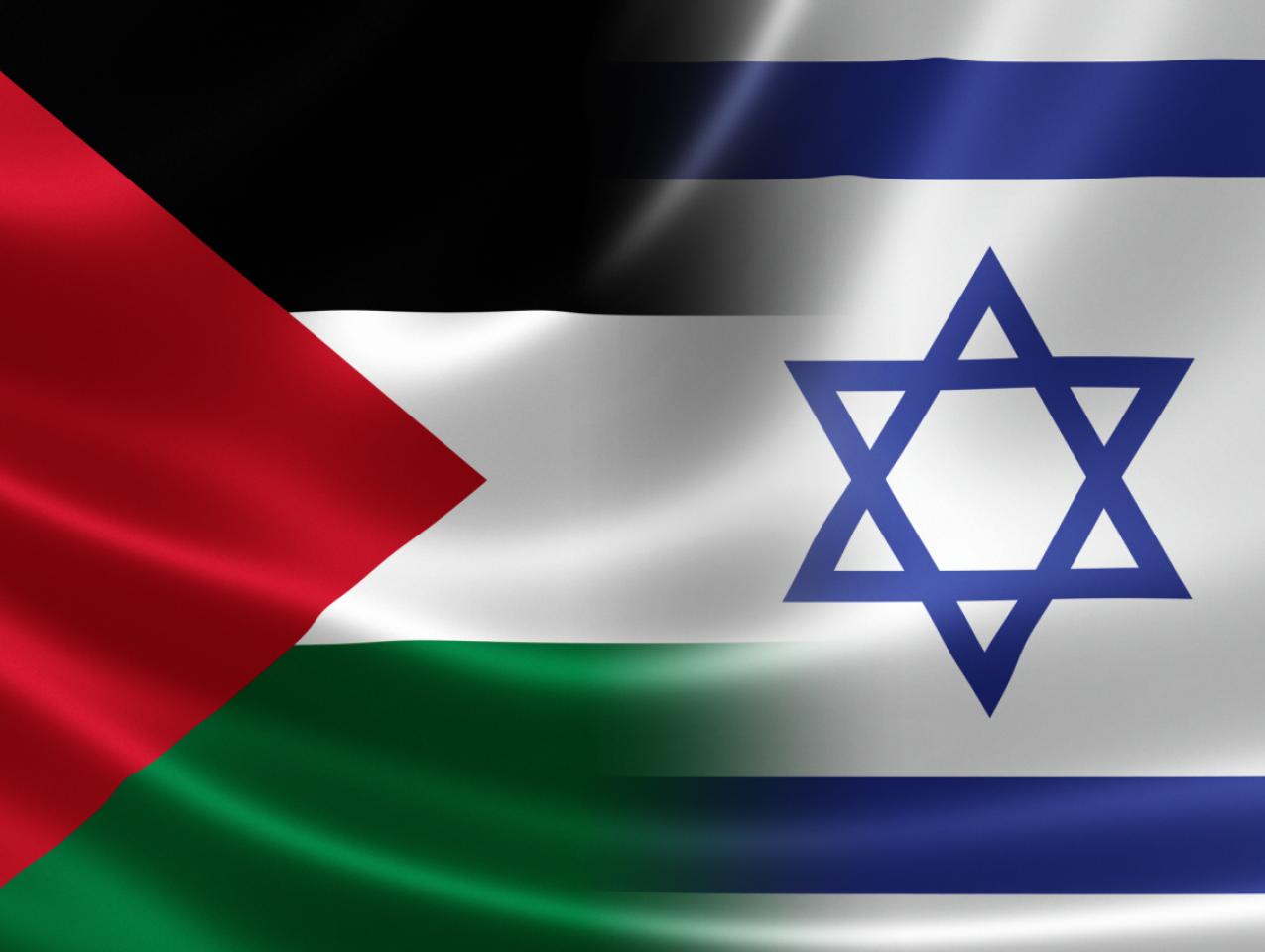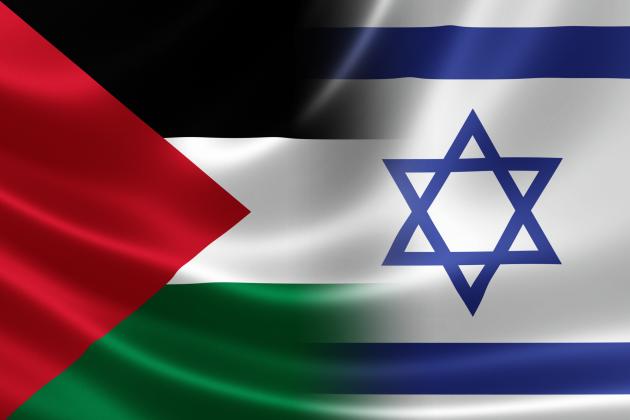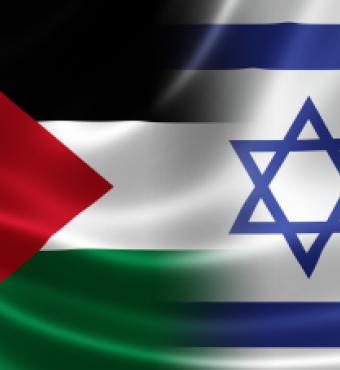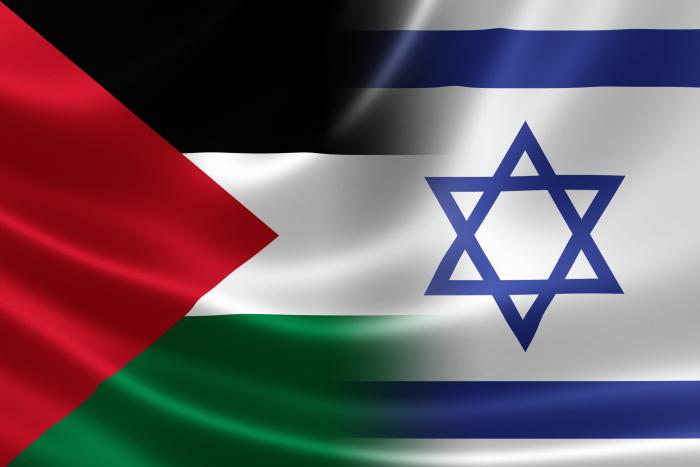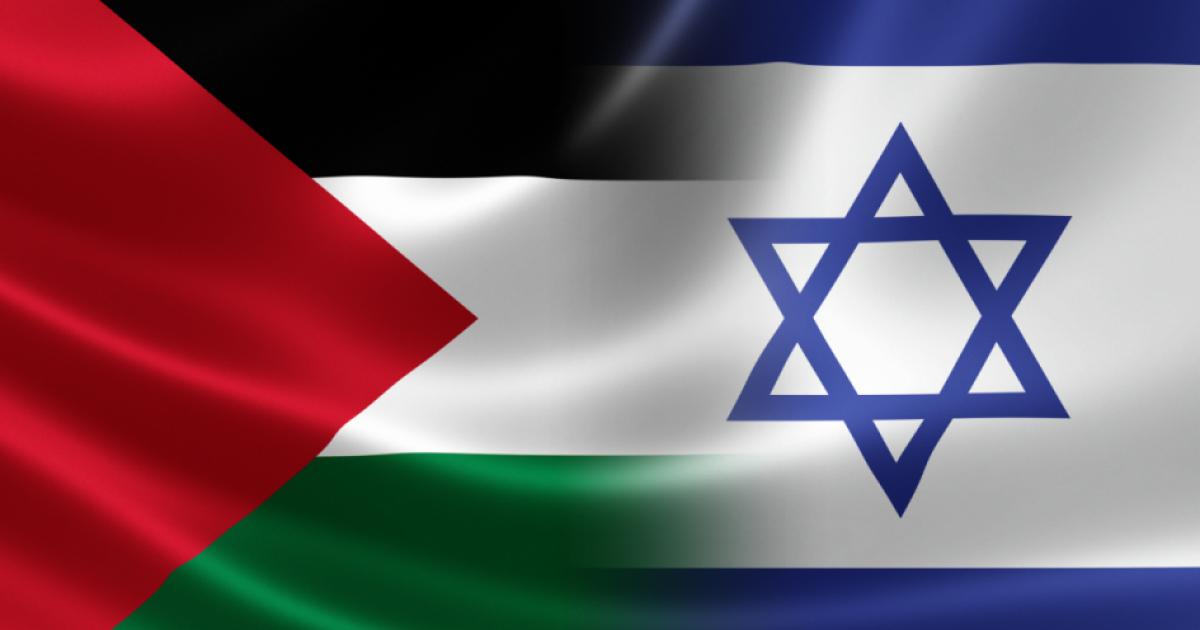Balance is one of the innate concepts of the human condition, vital but never entirely attainable. Aristotle concludes his Politics with the imperative in every society of seeking a balance between the male “Dorian” and female “Phrygian” modes – not necessarily gendered but a human necessity all the same. Balance in baseball is a goal; the American League’s long streak of victories over the National League in the All-Star Games is concerning to the keepers of the sport. And, most obviously, the balance-of-power doctrine in matters of war and diplomacy are as old as these arts themselves.
While balance is a universal factor, each region has its own versions. In the Middle East, male and female appear far out of balance. Sunni and Shia Islam were unbalanced for centuries; a struggle about that has been under way since the relatively recent “Shia Rise.” Ethnic and religious imbalances are evident, for example, between Turks and Kurds, and between the Tel Aviv beach and the Jerusalem Wall.
In the Israeli-Palestinian conflict, balance has been critical but not widely recognized by observers. It has structured or deconstructed the contest over more than fifty years. First, before the Palestinian dimension came to the fore, was “The Arab-Israeli Conflict.” The Arab world’s geographic, demographic, and international political and military weight loomed heavily over the small Jewish state. But the series of wars waged by armies of the Arab regimes shifted that imbalance sharply as Israel’s military capabilities began to match those of its adversaries in their entirety.
In the aftermath of the 1967 Six Day War, a peace process was devised on a “balance” drafted in United Nations Security Council Resolution 242: Israel would cede territories taken in war in return for peace from the Arabs; a geographical reality was proposed in return for an abstract promise. Beyond this, it soon became obvious that the cultures and entrenched negotiating strategies of the two sides were unalterably at odds. The Arabs insisted that every aspect of the conflict be agreed all at once by all relevant parties, ideally at a huge international conference. To do anything less would besmirch Arab honor and be unacceptable to the Arab nation as a whole.
Israelis recognized this as a lopsided approach that would overwhelm their interests entirely. Instead, they insisted on the opposite, a “step-by-step” process in which agreement on one relatively “easy” issue could build confidence on both sides to move on to “harder” problems on a mutual agenda. This was the way that the State of Israel had been achieved: “goat by goat, dunam by dunam.”
The genius of the Camp David Accords overseen by President Carter was to put the two out-of-balance negotiating strategies together at two levels in the same agreed document. Israel and Egypt, two legitimate states in the modern international system, would negotiate a peace treaty with each other in a balanced context. At the same time, the State of Egypt would negotiate with the State of Israel on behalf of the Palestinians, who were not a state but potentially could become one through this process. This was based upon an understanding that negotiations between Israel as a state and the Palestinians, who were not one, would be too unbalanced to go anywhere.
That imbalance had been magnified by a momentous but silent and informal de facto decision by Arab state regimes that they would wage no more wars against Israel on behalf of the Palestinians. Arab armies had lost those wars and were determined not to go there again. Instead, the Palestinians, who had been in the larger Arab strategy, would now be outside it, supported by Arab regimes to arm, train, and politically “fight” for a Palestine, but not in a unified concept of direct warfare. The silent Arab regime message was, “We’re with you all the way in this struggle to the last Palestinian.” Under Yassir Arafat, the Palestinian Liberation Organization welcomed this as putting all political decision powers in their hands. In reality and retrospect, this could be seen as a betrayal by the “outside” Arab states of the Palestinian cause. With no more conventional military power on their side, the Palestinians turned to guerilla and terror tactics; no more real warfighting, only “intifadas.” The result was defeat after defeat.
The Arab regimes used this shift to their own internal advantage. Now they could channel their own populations’ anger and energies entirely against Israel and Israel’s main backer, the United States, while distracting them from efforts to oppose their own mismanaged governments. Such a shift did much to deepen Arab radicalization into what would be called Islamization, a virulent set of movements that eventually would turn on the Arab regimes which had helped create them. The first major event in this intra-Arab antagonism came in the 1981 assassination of President Sadat by jihadists; it would continue in the form of death threats by Islamist radicals against anyone on the Arab or Palestinian side who would consider any step to engage Israel under the so-called peace process.
The murder of President Sadat quickly brought an end to the Camp David effort. Egypt dropped out of its role as the Arab state negotiator with Israel on behalf of the Palestinians. King Hussein briefly took up the Arab state role, but under threat soon pulled Jordan away from the process. Since then, despite several serious ad hoc efforts to make headway, none has been made. The hope for a negotiated “two-state solution” between the two parties with larger Arab and international recognition and guarantees is farther off than ever. No balance means no progress.
How can a balance be created and basically maintained? The only way would be to produce a state partner to negotiate state-to-state with the State of Israel. A state can be held to its decisions and, through its statehood aspirations and integrity, take on responsibilities that nonstate actors can easily ignore. A State of Palestine, agreed up front, would transform the area, regional, and international context. With such a decision, all other issues between Israel and Palestine would remain to be directly negotiated with one exception, also needed to restore balance: the Palestinian side would have to give up, in principle, their claim to the right of return; the Israeli side would give up, in principle, their claim to the right of settlement. This is the fundamental trade-off between the two parties, but it has been kept deeply out of balance because of international pressure on Israel to concede its right without pressure on the Palestinians to match such a concession. With these two major decisions, a balance could enhance the possibility of positive negotiating outcomes on all other issues.
This, of course, will not happen. The reason is simple. The two sides are fundamentally comfortable with the situation as it is; no imaginable change, in this view, could produce an outcome with fewer attendant risks than this unique form of a status quo. Each side now gets immense international, near-center-stage attention. Each gets political, material, and moral support from a fairly reliable collection of outside sources, private, governmental, international, and individual. Above all, each side gets leverage over all these factors and more from the ongoing presence of an active front in the conflict, primarily on the Gaza-Israel border. This creates a worldwide impression of ongoing war without the worst impacts of such a war; damage and deaths will take place, but on a limited scale that each side can manage. And all this with the added advantage of efforts by the international community to implore the two parties to avoid escalation.
On this basis, the conflict as it is presents good reasons for continuing to be played this way for the foreseeable future. Indeed, and ironically, these similar perceptions about a useful continuation of the currently limited confrontation have created an inverted form of “balance.”







